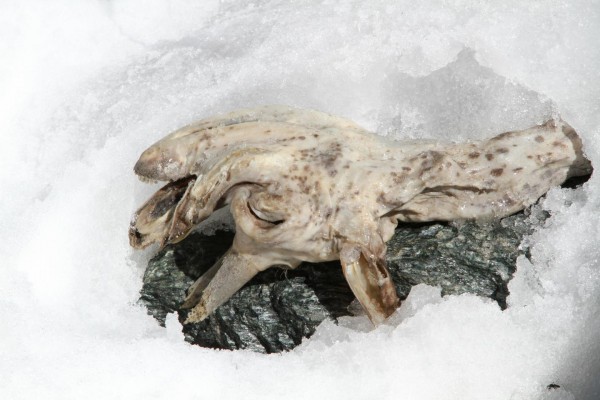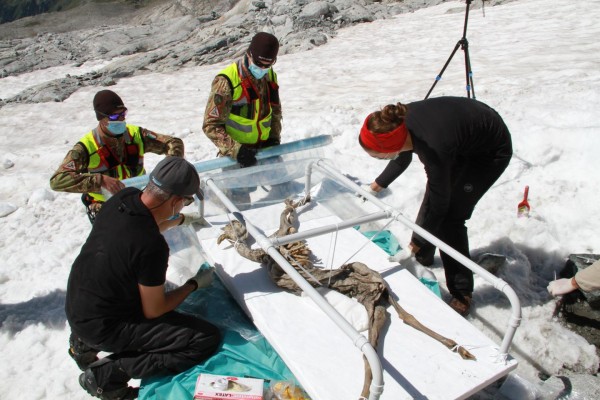By Mark B. for Science Times
A hiker discovered the preserved remains of a 400-year-old goat embedded in a remote part of the Italian Alps.
Italian alpinist and champion skier Hermann Oberlechner discovered the chamois, a species of goat-antelope endemic to European mountains. From Oberlechner’s recollection of the discovery, he was on a 6-hour hike across the snowy mountains when he saw something jutting out of the ice in Val Aurina, South Tyrol, Italy.
A Remote Discovery
“Only half of the animal’s body was exposed from the snow,” Oberlechner said, adding that the creature’s skin “looked like leather, completely hairless.” Saying that he has never seen anything like it, the skier immediately took a photo of the finding and sent it to the park ranger. Later, both Oberlechner and the ranger notified the Italian Department of Cultural Heritage.
The discovery site was 10,500 feet above sea level, at a part of the Alps not accessible by vehicles, through a six-hour hike. The remote location prompted them to request assistance from the Alpine Army Corps.

Only half of the animal’s body was exposed from the snow. The skin looked like leather, completely hairless
“The request from Eurac Research came during a training phase of our military mountain rescue team,” said Mario Bisica, Head of Public Information and Communication for the Alpine Army Corps.
With assistance from the Alpine Army Corps, the frozen remains were recovered and were endorsed by the Department of Cultural Heritage to Eurac Research for study.
Ice Mummies
The goat-antelope discovered in the Alps is similar to other “ice mummies,” or preserved remains of dead creatures preserved by the cold and often at high altitudes. A famous case was the Iceman Ötzi, a 5,300-year-old mummified man who was believed to have lived between 3,400 to 3,100 BCE. Ötzi got his name from the Ötztal Alps, where he was discovered by hikers in September 1991. Read more from Science Times.
“News Without Politics” keeps you updated on interesting and relevant news stories in the U.S and abroad without media bias.
Stay informed daily.





